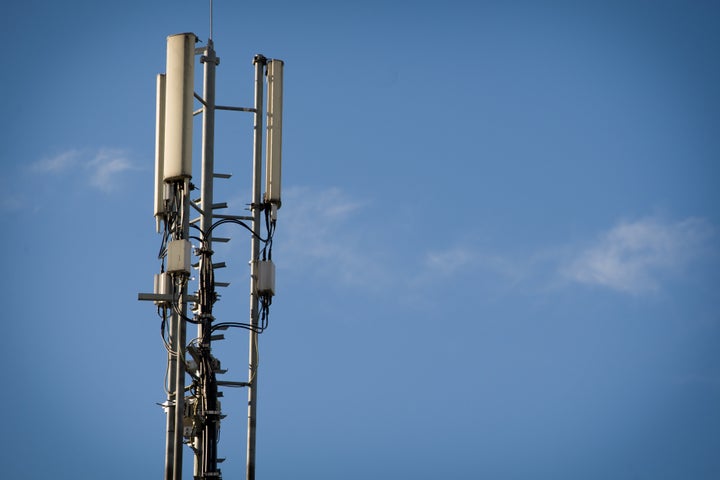While mobile networks wax lyrical about the speed and vast coverage of their 4G networks a report has shown just how inconsistent they really are across the UK.
The report, compiled by Which? and Open Signal, reveals that the rest of the UK “lags behind” compared to London when it comes to 4G coverage.

Users in London are able to access 4G speeds 70 per cent of the time while average availability ranges from 60 per cent in the North East to as low as 35 per cent in Wales.
Here are the top five areas for 4G availability in the UK:
- London - 69.7 per cent
- Yorkshire and Humberside - 61.3 per cent
- North East - 60.3 per cent
- Northern Ireland - 58.5 per cent
- North West - 54.8 per cent
The State of the Mobile Network report highlights just how much infrastructure has been focused on the nation’s capital when compared to other parts of the country.
Unsurprisingly however, London didn’t come out on top when you look at raw speeds, notably due to the vastly increased population density.
The resulting congestion, along with the sheer number of networks all competing for coverage means that speeds were always going to take a blow.
Instead the top five areas in the UK for average 4G speed were:
- Northern Ireland - 23.3Mbps
- North East - 22.8Mbps
- East Midlands -22.8 Mbps
- East of England - 22.3Mbps
- South East - 21.9Mbps
While the report applauds the major networks like EE, Three, Vodafone and O2 for increasing 4G speeds it argues that many of them are missing the point and should instead be focusing on the availability of 4G in the first place.
It makes a lot of sense when you think about it. Would you rather have a small spot where you know you’ll get blazing fast speeds or the peace of mind that it doesn’t matter where you go.

The report also examined the quality of the 4G signal that you then receive from the networks. This was examined by looking at latency - the time it takes for data to make a round trip through the network.
The lower the latency the faster web pages load, videos buffer and images and videos can be sent to friends.
The winner on 4G was EE, while Vodafone came a close second. Trailing behind both of those was O2 and Three.
